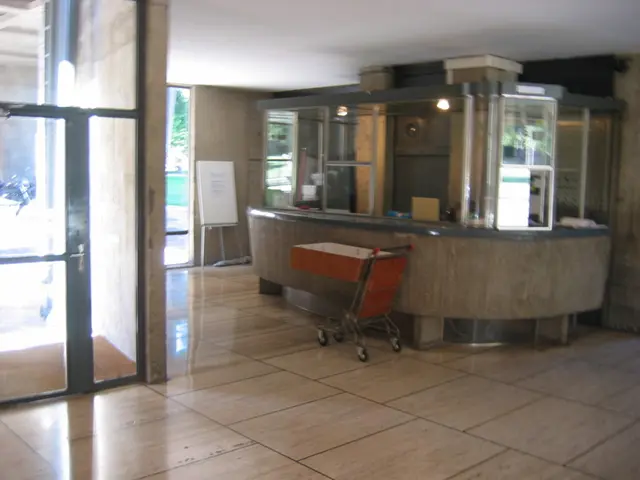Strategies for Minimizing Screen Time Usage
In the digital age, it's easy to get lost in the world of screens. However, establishing a healthier balance is essential for fostering real-life connections and promoting a more enriched lifestyle. Here are some practical approaches to reducing screen time and incorporating more offline activities.
Creating structured limits is key to managing screen time effectively. Designate specific "screen-free" zones in the home, such as bedrooms and dining rooms, to encourage real-world interaction and better sleep hygiene. Implement screen-free times during meals, the first 30 minutes after waking up, and an hour before bedtime to reduce mindless usage.
Instead of abrupt limits, gradually reduce screen usage by initially setting time limits and then slowly decreasing them. This helps adjust behaviour sustainably. Utilise technology tools and boundaries, such as device usage trackers, parental controls, or focus modes that block distracting apps for specified periods while keeping essential apps accessible. This adds friction to impulsive usage and helps maintain focus without complete disconnection.
Keeping a screen time diary or using apps to monitor usage patterns can help recognise when and why screens are used, creating opportunities to replace those moments with offline alternatives. Encourage hobbies like reading, gardening, crafting, cooking, puzzles, drawing, hiking, or board games to fill time that would otherwise be spent on devices. Family screen-free time can build stronger relationships and promote creative play for children.
The 20-20-20 rule for eye health is another important consideration during necessary screen use. Every 20 minutes, look at something 20 feet away for at least 20 seconds to reduce eye strain. Modelling behaviour is also crucial. Adults reducing their own recreational screen time set a positive example, reinforcing the value of offline activities for kids and family members.
In addition, a digital detox day (Tech-Free Sunday) can be beneficial for mental refreshment, while engaging in hands-on activities like painting or gardening can fuel creativity and mindfulness. Digital decluttering can create mental space by trimming down on which platforms used and limiting screen time.
Setting clear goals for digital use, such as limiting social media use to certain times of the day, can help manage screen time. Exploring analog hobbies like painting or playing a musical instrument can provide a break from screens. A digital detox day can reset the mind and boost creativity, similar to a refreshing dip in a clear lake after a sweaty hike.
In summary, creating structured limits, introducing alternative offline engagements, and building mindful awareness are key to managing screen time effectively and promoting healthier lifestyles across all ages.
During meals, dining rooms can become screen-free zones to encourage real-life interaction and improve sleep hygiene. Fostering creativity and promoting mindfulness can be achieved through hobbies such as gardening, reading, or painting. Achieving offline alternatives to screen time can also help in building stronger relationships within families. For pet owners, engaging in offline activities can provide positive examples of behaving away from screens for their furry friends. When traveling, consider exploring local culture and landscapes instead of being glued to screens. When it comes to home and garden, connecting with nature can serve as a great alternative to screen time. Lastly, instead of complete disconnection, utilizing tech tools like device usage trackers and focus modes can help manage screen time effectively, without disrupting essential apps.





